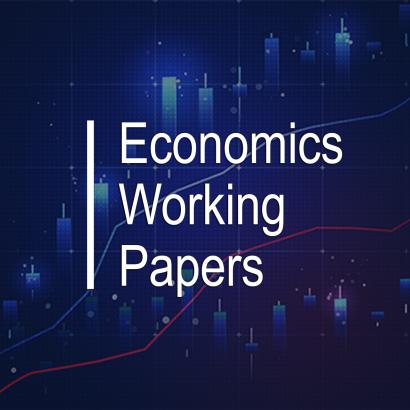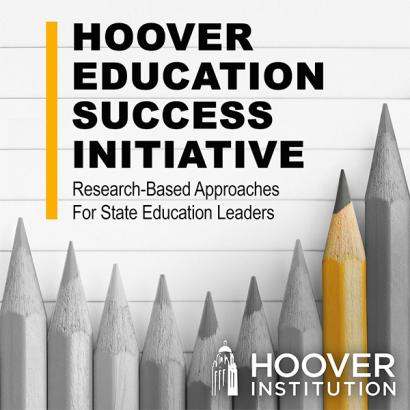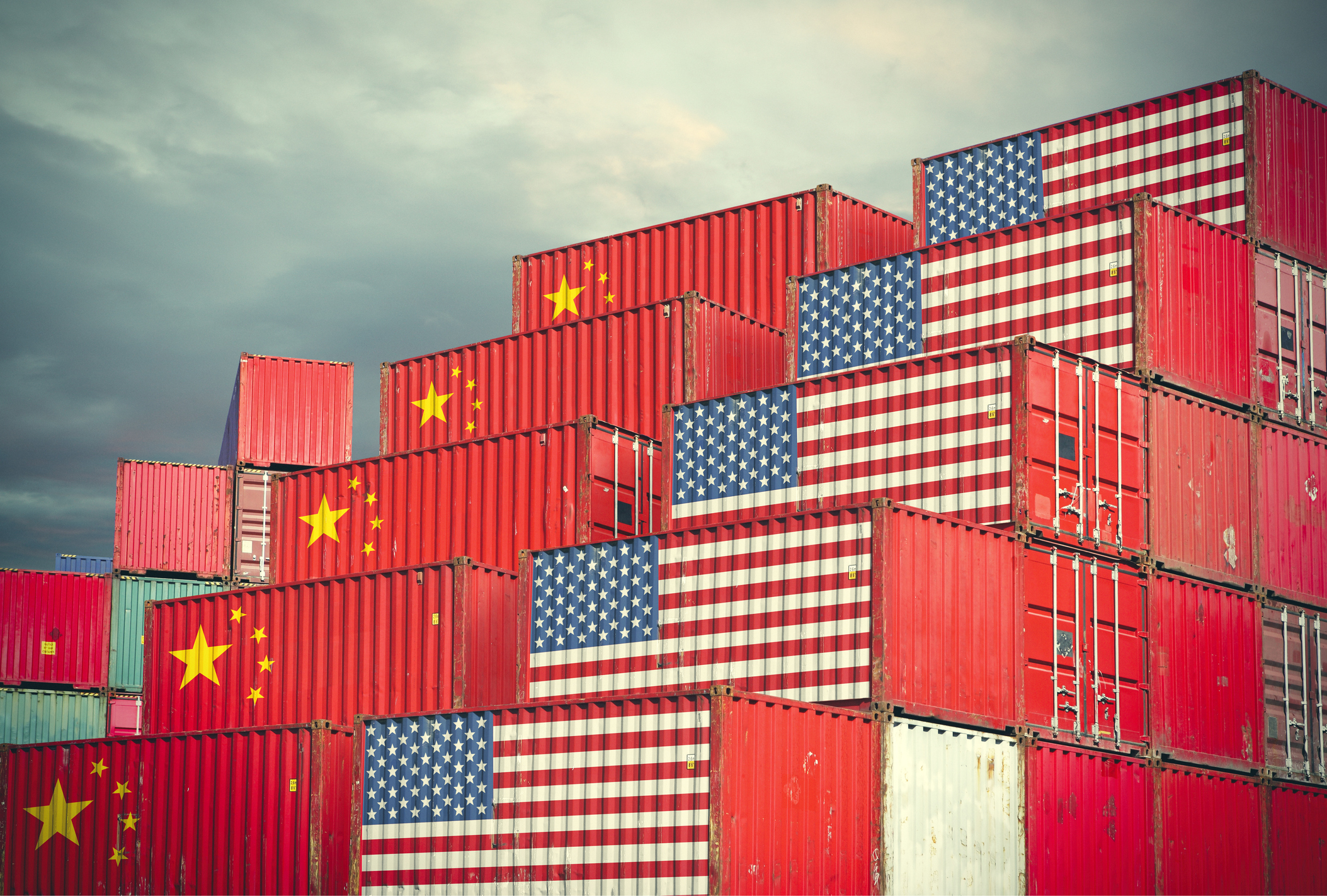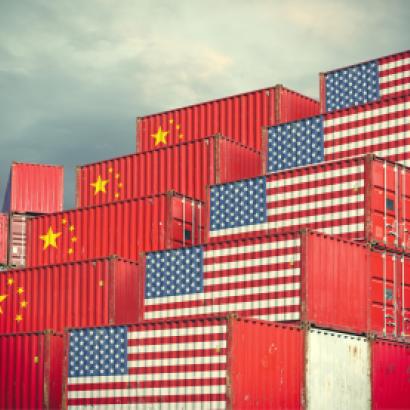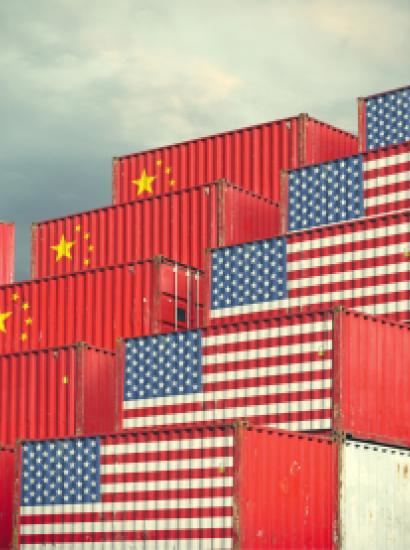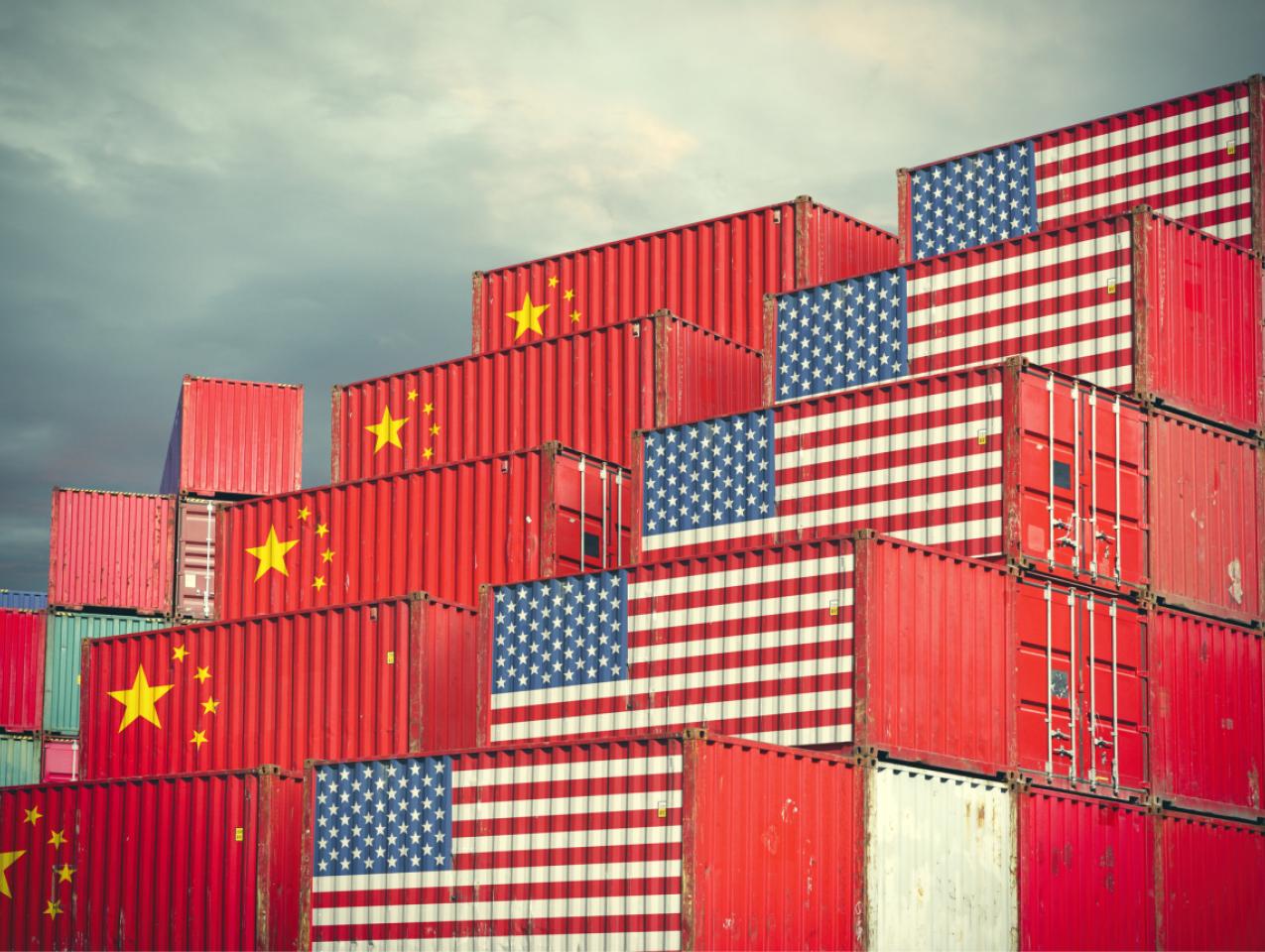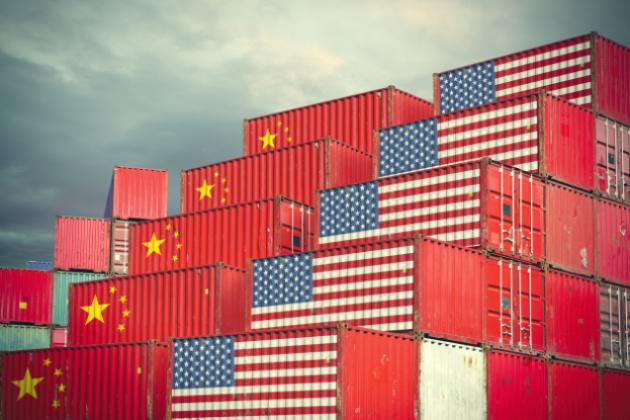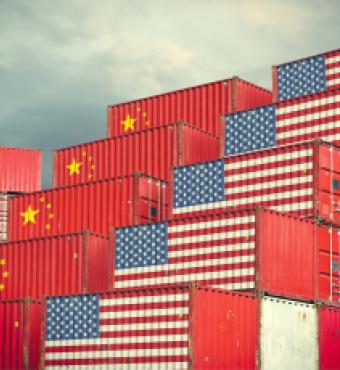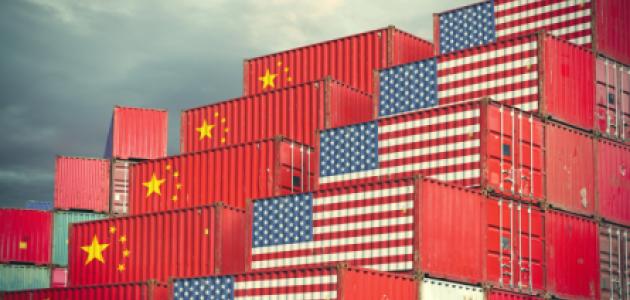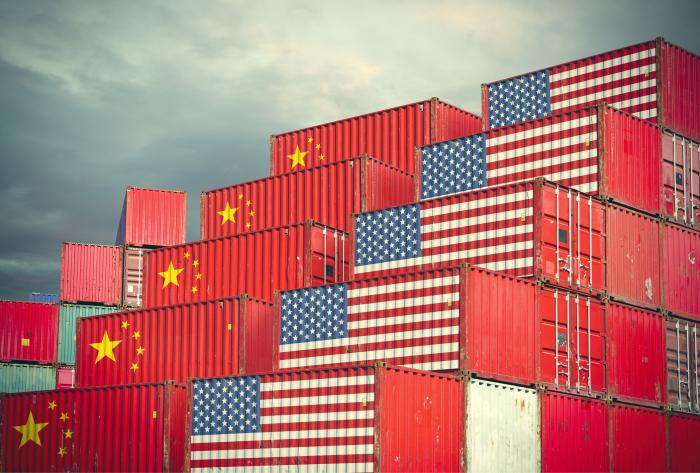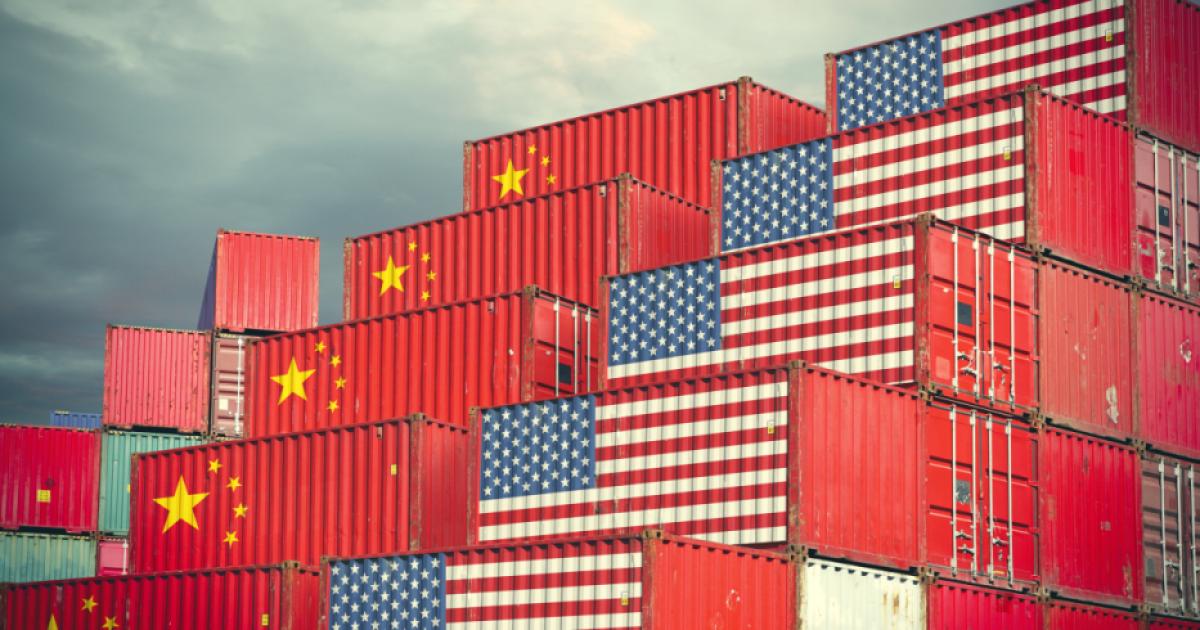- Economics
- China
- Trade
- Answering Challenges to Advanced Economies
In 1899, William Graham Sumner, a sociology professor at Yale University, gave a speech titled “The Conquest of the United States by Spain.” Why the timing? In 1898, the US government, under President William McKinley, had attacked Spanish forces in both Cuba and the Philippines. Was Sumner getting the attacker and the “attackee” backwards? No. Sumner maintained that the US government was imitating those Spanish governments by engaging in its own conquests. In other words, the US government had given up on its non-imperialist tradition and had, therefore, imported a Spanish idea that was totally antithetical to traditional American ideals. To the extent the US government acted on this new interventionist approach, it was giving up on the ideas that had animated the Revolution that had formed this great country. It was being “conquered.”
We are seeing something similar today in President Donald Trump’s dealings with both China and domestic US companies. China’s government intervenes massively in the Chinese economy, with so-so results. So how does Trump respond? By imitating China’s government. He lets a Japanese company take over US Steel, but only on condition that the federal government gets a “golden share” that gives Trump say over that company’s decisions. He gives Nvidia permission to export to China, but only on condition that the federal government gets 15 percent of the revenues. A similar deal was reached with Advanced Micro Devices (AMD). In short, Trump has given up on the US tradition of relatively free markets. Admittedly, past administrations, both Republican and Democrat, have also gone against the free-market tradition. Think of George W. Bush bailing out General Motors or Barack Obama violating the property rights of Chrysler bondholders. But Trump has considerably upped the ante.
While I do decry Trump’s movement away from free markets as bad in itself, there’s one other major problem. As we have learned from US history and from other countries’ histories, massive government intervention virtually always fails.
Chinese intervention and missed opportunities
The Chinese government has a seventy-five-year tradition of intervening in the economic lives of its citizens. Chairman Mao was the worst, with his interventions in agriculture that led to millions of Chinese starving to death. He forced Chinese farmers onto communes, dictated methods of farming that led to lower yields, tortured and murdered people who disobeyed, and purposely diverted farmers from what they knew, farming, to iron and steel production. The so-called Great Leap Forward led to tens of millions of deaths. Mao doubled down in the mid-1960s with his “Cultural Revolution,” which, among other things, purposely hampered division of labor by forcibly placing people in jobs for which they had little interest or aptitude.
Fortunately for the Chinese, Mao died in 1976. Deng Xiaoping, who succeeded Mao, was much less vicious. Many observers give him credit for the agricultural revolution in the 1980s that made farmers productive and prosperous. But in her path-breaking 1996 book, How the Farmers Changed China, University of Hawaii political science professor Kate Xiao Zhou persuasively argues that the farmers themselves should get credit for the changes. They moved towards a more market-oriented farming sector without waiting for permission. Deng was simply smart enough to get out of the way (although, according to Zhou, he sometimes got back in the way.)
After farming was deregulated, the Communist Party leaders of China lightened up on other regulations in the economy, even allowing private property. The result was rapid economic growth year after year. According to the World Bank, from 1978, when reform began, to 2023, China’s gross domestic product grew by an average of 9 percent annually.
But the bad news is that China’s current premier, Xi Jinping, general secretary of the Chinese Communist Party since 2012, is increasing government intervention in China’s economy. Here’s how Wikipedia put it:
Xi’s administration has overseen a decrease in offshore IPOs [initial public offerings] by Chinese companies, with most Chinese IPOs taking place either in Shanghai or Shenzhen as of 2022, and has increasingly directed funding to IPOs of companies that works [sic] in sectors it deems as strategic, including electric vehicles, biotechnology, renewable energy, artificial intelligence, semiconductors, and other high-technology manufacturing.
Xi has set up large government guidance funds that target particular sectors of the economy, and the scale of this intervention is massive. A query to ChatGPT led to this answer:
By the first quarter of 2020, around 1,741 such funds had been established, aiming for 11 trillion RMB in total commitments—though only ~4.76 trillion RMB had been raised.
To put that in perspective, one RMB (renminbi) is approximately 14 cents, and so 11 trillion RMB is over $1 trillion.
The results have not been good. In 2021, China’s GDP grew by 8.1 percent as the economy recovered from the Chinese’s government’s extreme lockdowns to deal with COVID. Since then, the GDP has grown by 2.3 percent in 2022, 5.3 percent in 2023, and 5.0 percent in 2024. While for many economies, that growth rate would be beyond respectable, for China, given its untapped potential for ridding itself of inefficient state-owned enterprises, it is not.
Trump’s industrial policy
While I have been critical of President Trump’s unilateral imposition of high tariffs on imports from other countries, I have written less about his other economic interventions. Unfortunately, as with his tariffs, these interventions are leading the United States further away from freedom.
Like Xi, Trump is giving the US government a much larger role in directing investment. The case of Japan is striking. On July 24, Commerce Secretary Howard Lutnick was on CNBC to discuss Trump’s deal with the European Union. But he couldn’t help but crow about Trump’s earlier deal with Japan. He stated:
Not only are they paying 15 percent, but they gave Donald Trump 550 billion dollars, 550 billion dollars to invest at our, at Donald Trump’s discretion, at the American people’s discretion, to build in America the things that Donald Trump wants to build.
Lutnick’s language is telling. Notice that he said it right at first, noting that the investment choices are at Trump’s discretion, then said it wrong, claiming that it was at the American people’s discretion, and, finally, said it right at the end: it would be used to build “things that Donald Trump wants to build.” That’s an incredible shift away from freedom of investment, either for Americans or for Japanese people. As a side note, he also misidentified the payers of the 15 percent US tariff on Japanese imports: the payers are American buyers. (It’s also true that the United States is such a large part of the market for many goods that the tariffs may push down the world price. The evidence, though, is that most of the burden of even US tariffs is borne by US importers.)
Moreover, as noted above, Trump allowed a Japanese firm, Nippon Steel, to buy US Steel but only on condition that the federal government be given a “golden share” allowing the president to make production and trade decisions for the company.
What Trump is implementing is industrial policy: having government pick the winners and losers. If history is any guide, he will likely pick lots of losers. The reasons are twofold: information and incentives. As Friedrich Hayek, co-winner of the 1974 Nobel Prize in economics, noted in his classic 1945 article “The Use of Knowledge in Society,” government officials do not have enough information to make good decisions about what to produce and how to produce it. That information exists only in the minds of the millions of participants in the economy. And as economists have known since long before Hayek, government officials also don’t have the right incentives to make good decisions. If the investment does well, they don’t personally get a noticeable share of the gain, and if it does badly, they don’t personally bear a loss other than as taxpayers.
Industrial policy’s many failures
Here is the opening paragraph of “The Myth of MITI,” my article published in the August 8, 1983, edition of Fortune:
Early in the 1950s, a small consumer electronics company in Japan asked the Japanese government for permission to buy transistor-manufacturing rights from Western Electric. Permission was necessary because at the time foreign exchange was controlled by the tax and trade ministries. The Ministry of International Trade and Industry refused, arguing that the technology wasn’t impressive enough to justify the expenditure. Two years later the company persuaded MITI to reverse its decision and went on to fame and fortune with the transistor radio. Its name: Sony.
I gave this account, along with a story about a similar flub MITI made with Japan’s auto industry, to make the point that MITI was not a good planner of Japan’s economy. At the time, many pundits and politicians believed that MITI was responsible for Japan’s postwar success.
The reality is that Japan succeeded despite the anti-market headwinds created by MITI.
But we don’t need to look to Japan. The US economic landscape is strewn with industrial policy failures. The Wisconsin and federal governments’ investment in Taiwan-based Foxconn, for example, came to naught. And the almost $1 billion investment by the New York state government in a factory to produce solar panels was a failure.
In short, industrial policy is a bust.
Late wisdom
Even aside from the bad economics, there was something unseemly about Apple’s CEO, Tim Cook, showing up at the White House with a special gift he had made for President Trump. It’s clear in context that Cook is trying to persuade Trump to back off on his push for having iPhones assembled in America, a move that would heavily cost both Apple stockholders and American consumers. It would have been nice to see Tim Cook have a backbone.
If you were at all excited by Trump’s running the table on the seven swing states in last November’s presidential election, did you have that White House scene on your scorecard?
In an August 11 editorial titled “Why government should not intervene in business,” the Washington Post wrote:
Trump’s side deal [with Nvidia] is best viewed as inappropriate state intervention in the US economy. Word has gone out that CEOs can kiss the president’s ring by offering to give him something he wants and in return be exempted from whatever policy threatens to damage their business. In this way, companies deepen their dependence on government and on Trump personally.
The Post’s editors ended with this:
Government has never been good at allocating private capital or picking winners and losers in the marketplace. Even trying to do so makes companies overly dependent on the White House. And it makes the US economy less vibrant.
You’ve got to hand it to Trump. He has succeeded in making the Washington Post’s editors sound, at least temporarily, like Milton Friedman. But that’s just another indicator of how radically at odds with free markets President Trump’s policies are.
In the spirit of Sumner’s 1899 speech, we are being conquered by Chinese ideas without their having fired a shot.



